- Lung Heat induce nonproductive cough,
or cough with viscous sputum that is difficult to expectorate, accompanied by
chest pain and a dry throat. Use with
Prunus
armeniaca- Xing ren.
[6]
- Irritability and vomiting due to injury of the fluids from Warm febrile diseases,
with
Phragmites communis- Lu gen.
[6]
- Stomach Heat induced vomiting and belching, with Huang qin and
Cyperus
rotundus- Xiang fu.
[6]
- Vomiting or vomiting of blood due to a Heat disorder, with
Imperata
cylindrica- Bai mao gen.
[6]
[1] Fruit as Medicine. Published in Nanning- China, May 1982, under the
title Yao Yong Guo Pin. First published in English 1986. ISBN 0 909901 61
9 The Rams Skull Press Box 274 Kuranda Q 4872 Australia.
[2] A Complete English Dictionary of Medicinal Terms in Chinese Acupuncture
and Herbalism 1981- Henry Lu Chinese Foundations of Natural Health- The Academy
of Oriental Heritage, Vancouver, Canada.
[3] Medicated Diet of Traditional Chinese Medicine- Chief Editor- Hou Jinglun.
Associate Editors- Zhao Xin, Li Weidong, Liu Jianxin, Geng Chun-e, Li Guohua,
Li Shaohua. Geijing. Science & Technology
[4] Barefoot Doctors Manual- Published by Madrona Publishers Seattle Washington
ISBN 0-914842-52-8
[5] Chinese System of Food Cures Prevention and Remedies. 1986
Lu,
Henry. Sterling Publishing Co., Inc. New York. USA. Distributed in Australia
by Capricorn Book Co. Pty Ltd. Lane Cove, NSW. ISBN 0-8069-6308-5.
[6] Chinese Herbal Medicine Materia Medica- Dan Bensky and Andrew Gamble- Eastland
Press 1986 Seattle Washington ISBN 0-939616-15-7
Images
1.
itmonline.org
2.
loquatworld.com
3.
[4]
4.
en.wikipedia.org
by Oldie~commonswiki CC BY-SA 3.0
5.
itmonline.org
6.
old.tcmwiki.com
7.
architecturalplants.com
8.
medicineherbsupplier.com.au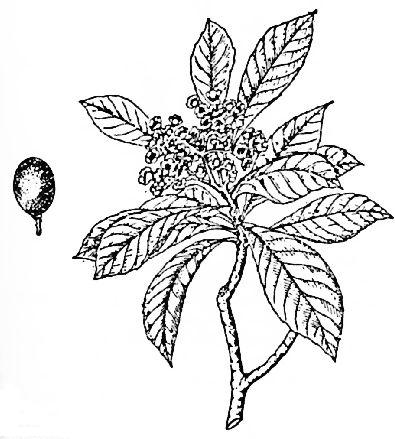
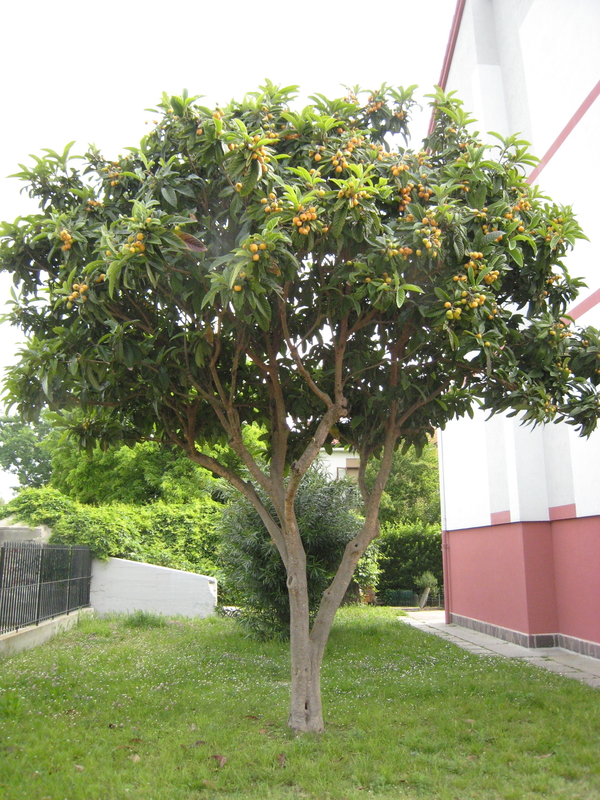 Eriobotrya
japonica. 枇
杷 Pí
pá Loquat Family:
Rosaceae
Eriobotrya
japonica. 枇
杷 Pí
pá Loquat Family:
Rosaceae
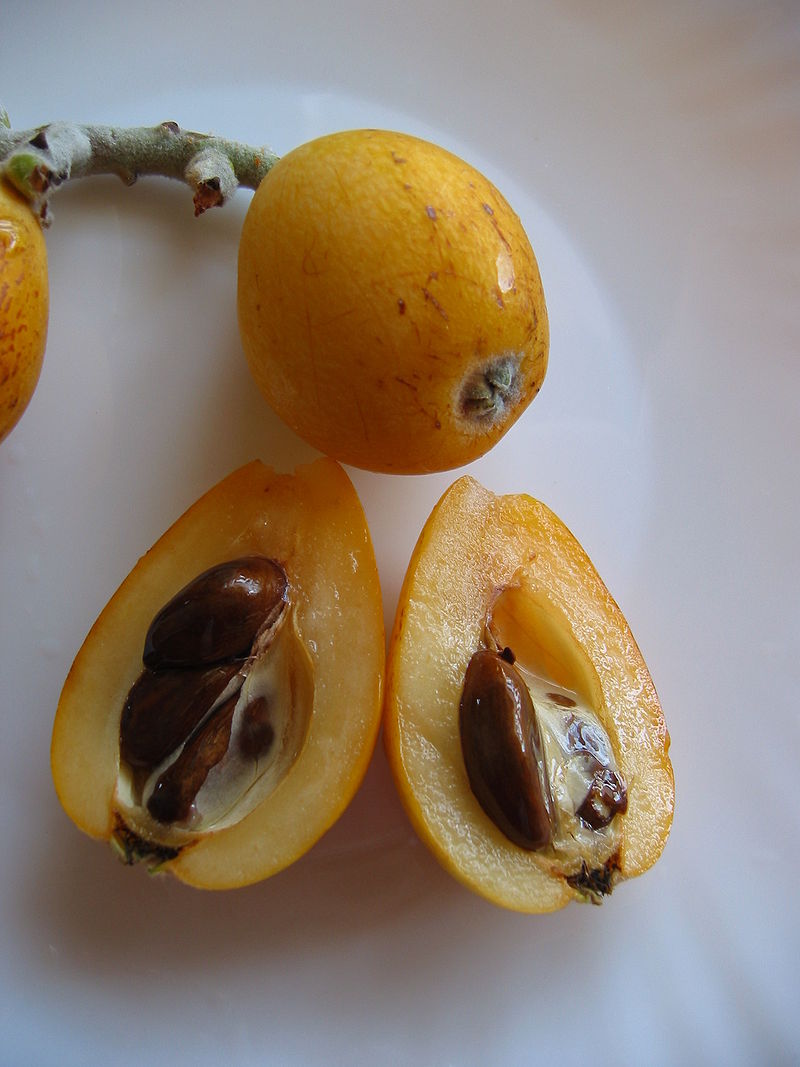
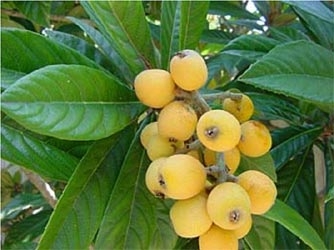
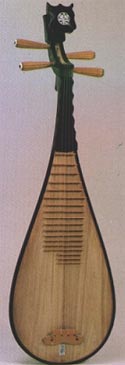
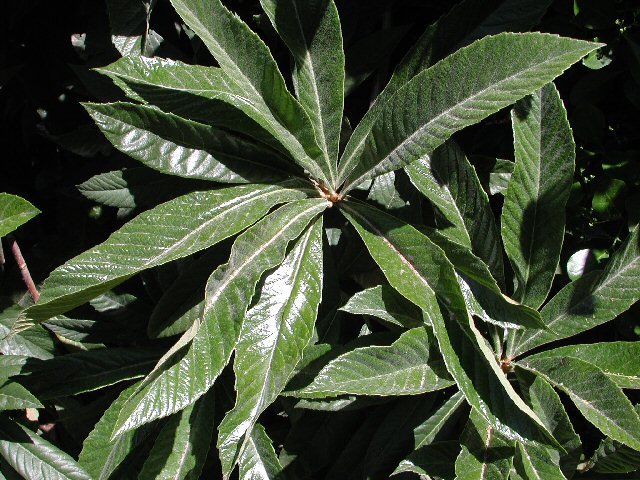 枇
杷
叶
Pí pá yè Loquat leaf- harvested
year round
枇
杷
叶
Pí pá yè Loquat leaf- harvested
year round
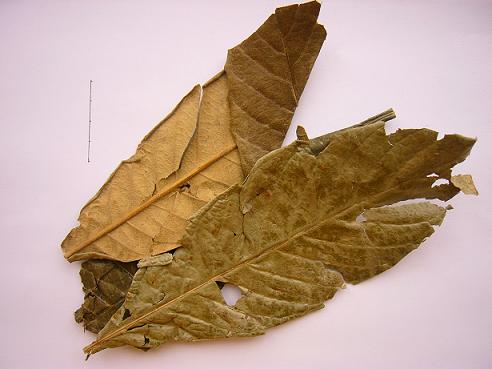
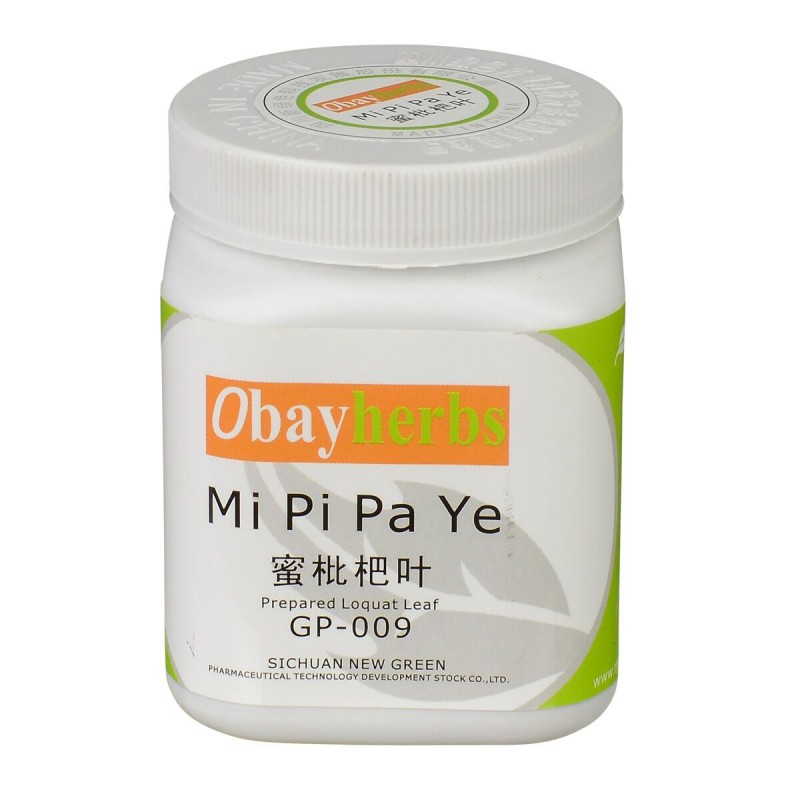
 Research
Research